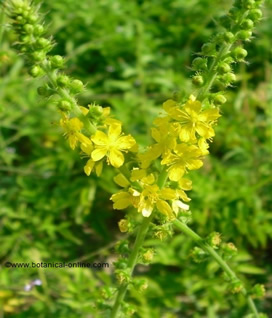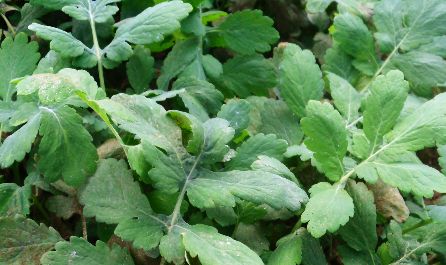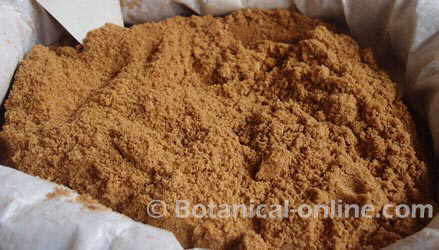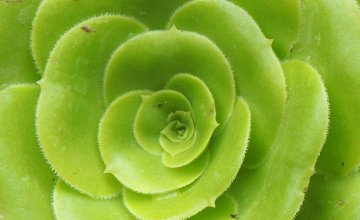Contents
- 1 Uses of aloe acibar or aloe gel
- 1.1 What is acibar?
- 1.2 What components does acibar have?
- 1.3 MEDICINAL PROPERTIES OF ACIBAR
- 1.4 EXTERNAL USE
- 1.5 Benefits of aloe vera for acne (aloe gel and aloe acibar)
- 1.6 INTERNAL USE
- 1.7 Acibar or aloe latex for constipation
- 1.8 Does aloe gel have the same properties as aloe acibar?
- 1.9 Aloe acibar preparations
- 1.10 How do you know if the aloe vera preparation contains aloe vera acibar?
- 1.11 Contraindications and dangers of aloe acibar
- 1.12 Where to buy aloe acibar?
Uses of aloe acibar or aloe gel
What is acibar?
Two different compounds are used from aloes for the elaboration of medicinal products: acibar and aloe gel.
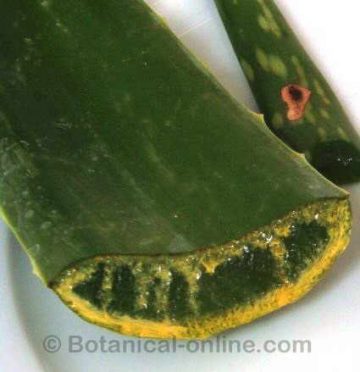
Aloe gel is the transparent gelatinous pulp that fills the leaves.
Acibar is a bitter and yellowish latex obtained from the layer found immediately after the skin of the leaves.
Aloe acibar (or Barbados aloe) can be toxic due to its content of anthraquinones such as aloin, with strong laxative properties.
It is produced by the plant to ward off predators with its unpleasant taste and smell. It also performs a regulatory function of leaf transpiration.
What components does acibar have?
Acibar is very rich in anthraquinones (25-40%). The most abundant is aloin A. It also contains: aloe-emodin, aloesin and barbaloin.
Anthraquinones act as stimulants of stomach and digestive secretions, are antibacterial and have a cathartic effect (It speeds up intestinal motility).
In moderate doses it has tonic and digestive properties, but it can easily exceed the dose and act as a strong laxative, due to the increase in intestinal secretions and the inhibition of the reabsorption of water and electrolytes in the colon. The effects of emodin are so powerful that it can be purgative.
MEDICINAL PROPERTIES OF ACIBAR
EXTERNAL USE
Benefits of aloe vera for acne (aloe gel and aloe acibar)

Acibar can be applied for different purposes for acneic skin and oily skin. Since aloe acibar is irritating to the skin, it is best to mix aloe gel and a small amount of acibar, and never use aloe acibar alone (yellow liquid).
The result of mixing aloe gel with acibar is an astringent and antibacterial liquid, which dries the skin and prevents the growth of infectious bacteria. It is suitable in cases of acne and to eliminate shine in oily skin.
You can add a few drops of rosemary essential oil to increase its anti-acne properties (1 drop is enough, too much would cause facial skin irritation).
Other creams use much lower concentrations of aloe for acne, e.g. application of 0.5% aloe cream with continued use can improve acne conditions.
INTERNAL USE
Acibar or aloe latex for constipation
Aloe latex is a laxative and, increasing the dose, purgative. This property is due to anthraquinones (aloin and barbaloin), hydroxyanthracene derivatives that are transformed by the intestinal flora into aloe-emodin and anthrone, two substances that act on the nerve endings of the colon, increasing its movement and stimulating defecation.
Acibar should not be used routinely as a laxative due to the dangers and toxicity of stimulant laxatives, including intestinal dependence.
Because to its drastic purgative action, other less toxic laxative plants are used, such as senna or cascara sagrada infusions. Although these plants may be suitable in case of occasional constipation, other remedies and a diet rich in fiber and water are better for chronic constipation.
Acibar dosage for constipation: As a laxative take 0.03 gr. of dry extract and wait for the reaction that occurs after 6 to 8 hours. It is generally taken at night so that the effect is in the morning. You should not exceed 10-30 mg of anthraquinones per day, equivalent to 50-200 mg of dried aloe juice (Consult the instructions for use of the supplement).
Does aloe gel have the same properties as aloe acibar?
No. Unlike acibar, pure aloe gel does not have a laxative or digestive irritant effect (it does not contain anthraquinones).
It is obtained by cutting a leaf and exerting pressure on it, without using the part immediately under the skin, which is where the latex is found (acibar). It can be obtained fresh manually at any time if you have an aloe plant available at hand. It is used externally for the treatment of the skin and internally for gastritis and gastric ulcer.
How to obtain homemade aloe gel. Prepared by ©Botanical-online.com. Drawing by: ©Dibujosparapintar.com
Aloe acibar preparations
The preparations of acibar are obtained from the drying or heating of the juice of the leaves, in which the water evaporates and mainly the resin and the components of the acibar remain. Some authors call this preparation pez rubia, it literally means blond fish in Spanish. In aloe products it can be found under the number aloin. Acibar is a laxative, but in doses of ½ g of aloe-acibar, it is a vigorous purgative.
When whole aloe vera leaves are crushed, a preparation with acibar is also obtained. The juice contains both substances, and therefore does not have the same properties as the aloe gel. In particular, this juice should not be taken internally, because the large amount of acibar is irritating to the skin and the stomach, as well as a laxative. It is only recommended on rare occasions, such as in oily and acneic skin.
How do you know if the aloe vera preparation contains aloe vera acibar?
Acibar is found in aloe preparations that are made from latex (acibar) or from the juice of the leaves. Sometimes it is difficult to distinguish if a preparation contains only the aloe gel, that is, the pulp without the latex.
Some ways to distinguish it are:
How to know if the aloe preparation contains aloe acibar?
Aloe vera is found in aloe preparations that are made from the latex (acíbar) or from the juice of the leaves. Sometimes it is difficult to distinguish if a preparation contains only the aloe gel, that is, the pulp without the latex.
Some ways to distinguish it are:
- Generally, preparations with aloe acibar are not transparent, but a yellow-green color. On the other hand, aloe gel is completely transparent. But this rule does not always apply, because sometimes aloe vera gel may contain a small amount of aloe acibar and have a semi-translucent appearance.
- Creams for oily or acne skin with aloe usually contain aloe acibar and are not suitable for dry, mature or sensitive skin, because they can cause irritation.
- If it is for internal use, it does not contain aloe acibar. The use of aloin in food preparations is prohibited, so one way to consume only the gel is to buy aloe vera juice to drink, which can also be used for the skin. You should check in the list of ingredients that the first one named is aloe vera gel, since sometimes a greater proportion of water is used than aloe.
Contraindications and dangers of aloe acibar
Aloe vera has very powerful laxative effects and presents important contraindications: it is a strong purgative, irritates the stomach, worsens ulcer and intestinal diseases, can produce nephritis (it irritates the kidneys) and can be fatal in pregnancy and lactation. It should not be administered to children under 12 years of age. Externally it irritates the skin.
For this reason, aloe latex should not be confused with aloe gel or aloe vera preparations that may contain aloe acibar.
Where to buy aloe acibar?
– Acibar can be obtained from fresh aloe vera plants, which can be purchased at any gardening, interior decoration, etc. store. (The plant requires warm climates and should be grown indoors in cold seasons)
– There are different aloe creams for cosmetic use in the market.
– Other aloe vera products can be found under the name aloin, aloe-emodin or aloe juice. The internal use of aloe acibar as a laxative is not recommended. If you require capsules or extracts, it is recommended to go to specialized stores.
![]() More information on aloe vera
More information on aloe vera



